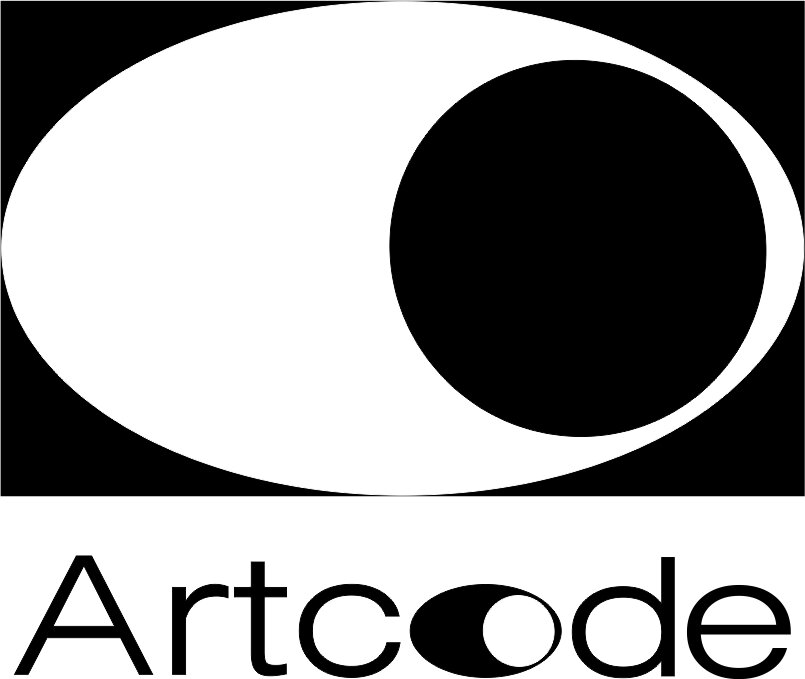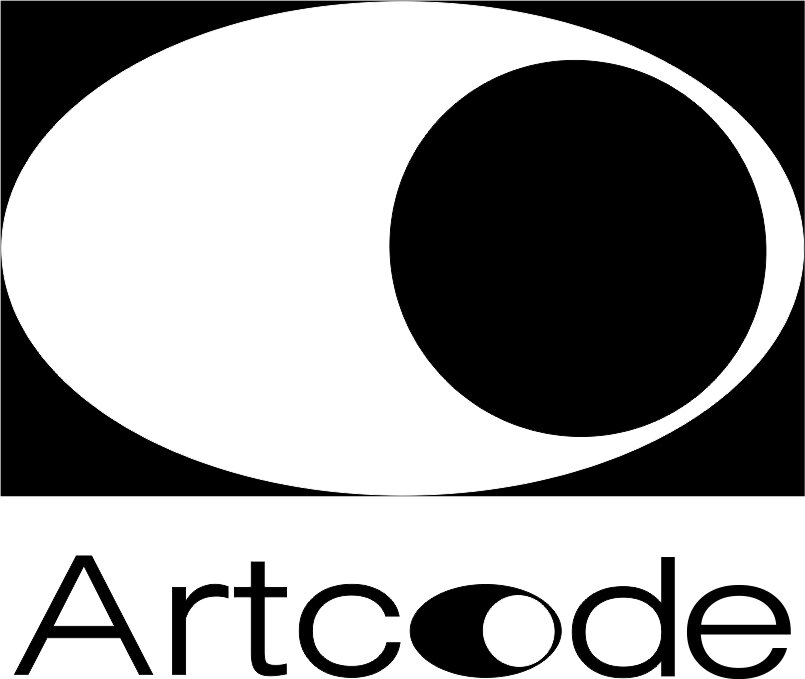Aphrodite Désirée Navab
Navab received her BA magna cum laude in Visual Arts from Harvard College in 1993. In 2004, she completed an Ed.D doctorate in Art Education at Columbia University. Navab’s art has been featured in over one hundred and seventy exhibitions and is included in a number of permanent collections, including: The Addison Gallery of American Art; Crystal Bridges Museum of American Art; the Lowe Art Museum; the Harn Museum of Fine Arts; Casoria Contemporary Art Museum, Naples, Italy. She had a solo museum exhibition, Landmines of Memory, at the Addison Gallery of American Art (Jan- April 2021). Navab had a solo multimedia installation, The Anahita Scrolls, at A.I.R. Gallery in New York (April-May 2022). Her art was exhibited at Crystal Bridges Museum of American Art in the traveling group museum show: Men of Steel, Women of Wonder (Feb-April, 2019).
Through her art and activism, Navab mines her Iranian, Greek, and American heritage, calling forth its competing histories, myths, and politics and tracing its impact on her personal identity. It is in the process of Navab’s art that she dislocates and relocates her place between Iran and the United States. Each art series provides a material reference for her after having left her first relatives, friends, home, language and culture. Each work places a foundation stone into a new home in diaspora that she is building away from home, but always in critical dialogue with the memory of that first home.
Profoundly inspired by the work of Iranian poet Forough Farrokhzad (1934-1967), the French American artist Louise Bourgeois (1911-2010), and the Cuban American artist Ana Mendieta (1948-1985), Navab uses her own body as a map, directing her towards a home deserted and disguised by years and years of absence. From Farrokhzad, she learns the poetry of feminist protest in Iran and from Bourgeois, the use of childhood trauma as a catalyst for her art. Through Mendieta, Navab practices the ritual of private performance as a talisman against the ravages of exile.
Navab’s latest series, “Woman/Zan/زن—Black and Blue,” are performance art monoprints with marks made by the artist’s own body. Navab takes on her native city Isfahan’s ancient textile tradition of Ghalamkar (Farsi for pen and ink work). Using alphabet blocks spelling woman/زن in Farsi to stamp the foundational pattern of her childhood, Navab immerses it in ink, adding one layer for each year that her family has lived in exile. In addition to woodblocks which can be used by anyone anywhere, Navab inks up her lace intimate apparel, wears it, then stamps herself on paper, in her own passport of exile. This series is in solidarity with Iranian women protesting gender apartheid in her homeland, Iran. Navab’s art series are invitations for collective imagination and action, where art and activism can meet, picturing a landscape without gender apartheid.





